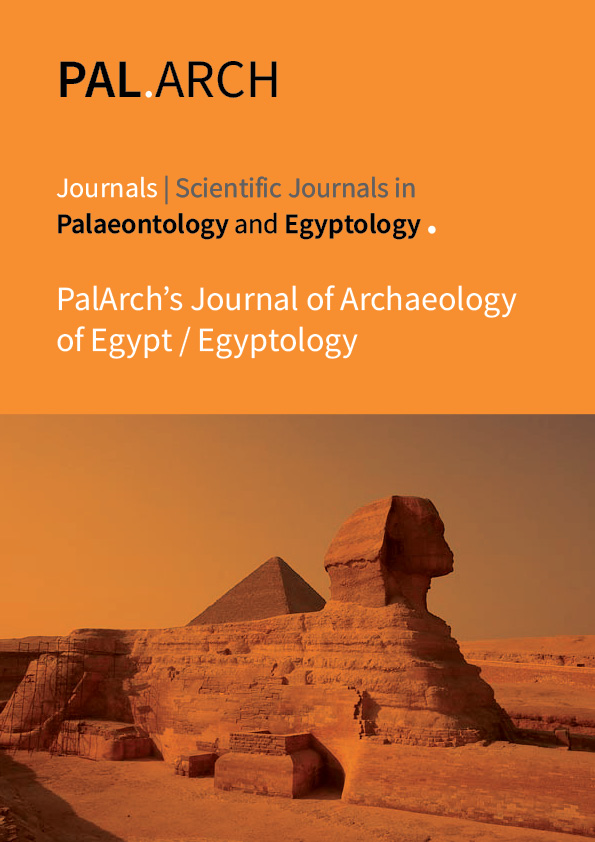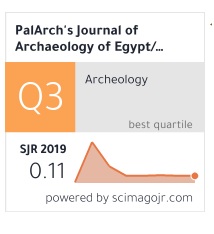THE AESTHETIC VALUES OF THE PERFORMANCE DIVERSITY IN THE POSTMODERN FORMATION
Abstract
The aesthetic view shares the membership feature in the general systematic structure of knowledge as well as its knowledge formation. As, it is inevitably linked to the system of that change that originally belongs to the controversial system. Accordingly, the aesthetic knowledge starts from the simplest to the most complex, throughout its stages in history and development. It has a sophisticated internal system that composes an integrated unit of relationships and systems that interact with each other in a continuous controversial system. Therefore, knowledge is no longer final. It is always ascends from the lower levels to the higher levels. History is just like knowledge that it is not completely finalized on an ideal position for humanity, and through it, we find that aesthetic knowledge has different concepts from one age to another. It is not possible to attribute the casual change to a human or a thinker himself. Rather, the system of comprehensive change determines the identity of the phenomenon and the knowledge according to its time and place. This distinction, interaction in systems and relationships only constitutes a continuous dynamic system in which the individual or artist does not have an affair, except that he can manipulate his constructional and structural relationships with new formulations in it and new knowledge. Yet this is objective not subjective. This is what we find in the philosophy of criticism. Accordingly, within this logic, the aesthetic structure can be within the quantitative and qualitative variables in its systems. Its overall method is to constitute a renewable mobile structure or composition that alters the apparent picture of objects, formations and phenomena. This matter makes us realize the relationship between the aesthetic value, the artistic type and the technical performance of an artist. Thus, the aesthetic values are multiplied by the variety of plastic artist performances.



